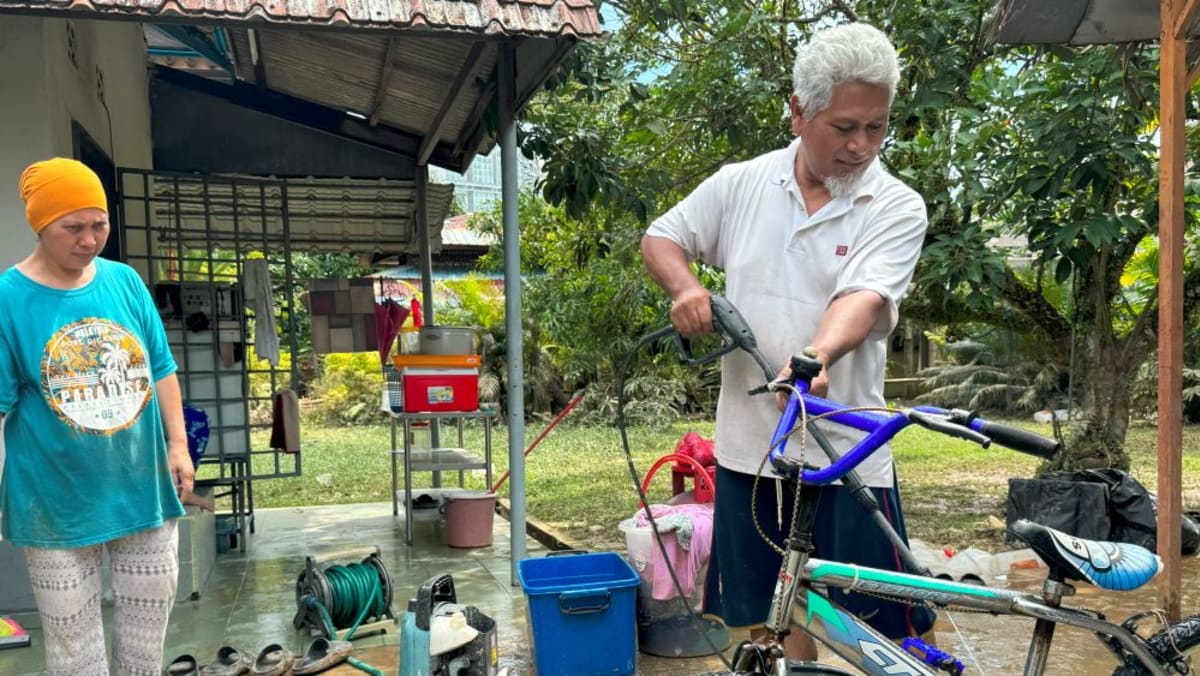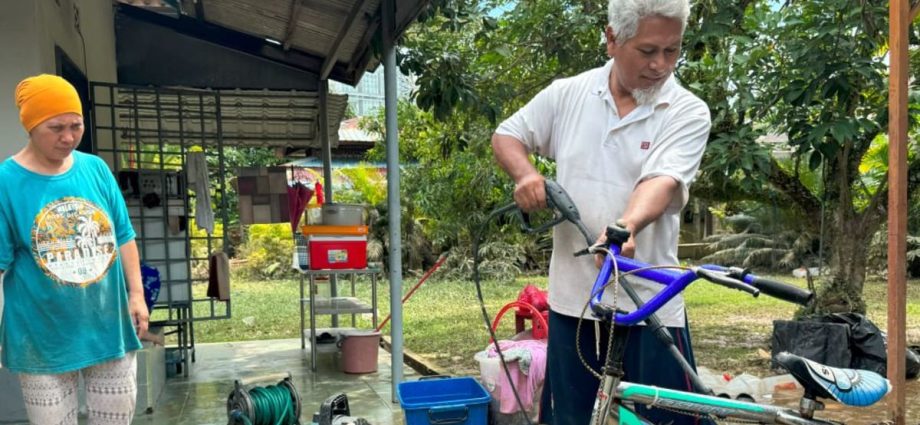
Dr Serina Rahman, who is a lecturer with the Southeast Asia Studies Department at the National University of Singapore (NUS) and specialised in environmental issues in Malaysia, told CNA that the implementation of these projects will inevitably take time.
However she acknowledged that delays due to cost cutting measures by the government or the funds not being allocated properly would hurt residents, who are mostly rural folks.
“Good that cash has been allocated to work to alleviate floods. But the process of putting this into fruitful action on the ground will take time,” said Dr Serina.
“But climate change impacts needed to be mitigated a few years ago so until it is done, we will continue to suffer these disasters,” she added.
THINGS LIKELY TO GET WORSE
Amid slow progress for the RTB projects, environmental experts CNA spoke to warned that the effects of climate change are likely to exacerbate the problem.
UTM’s Dr Zulfaqar told CNA that due to Malaysia’s topography, it is susceptible to coastal flooding and flash floods, both of which are increasing in frequency and intensity due to global warming.
He explained that the melting of glaciers and ice sheets will cause sea levels to rise, adding volume to the ocean water and likely to impact coastal areas across Peninsula Malaysia as well as Sabah and Sarawak.
Moreover, flash flooding will also be more frequent as warmer temperatures increase, putting more moisture into the atmosphere that then gets released as rain.
Dr Zulfaqar estimated that based on the climate change projection reports on Malaysia released by the World Bank, floods are likely to occur 20 per cent more over the next five years.
He also spoke about the matter during his presentation on climate change scenarios and water security during the five-day Asia-Pacific Climate Week 2023 in Johor Bahru in November.
Dr Zulfaqar also told CNA that based on his research and data collection, Peninsular Malaysia specifically has already seen increased volume of rainfall between November and January each year.
“This means that the impact of the annual northeast monsoon will be much worse in years to come. Expect more rainfall and if the mitigation efforts are not stepped up, worse floods,” he added.
For some residents, the increased frequency of rain over the last few years has been clearly felt.
Fisherman Sharuddin Hatman, who lives on the banks of the Johor River at Kampung Sungai Telor near Kota Tinggi, told CNA his village has seen more frequent and more intense floods over the last five years.
“It’s been getting worse, and we are so used to floods especially during the year-end that it has become the norm,” said the 31-year-old.

